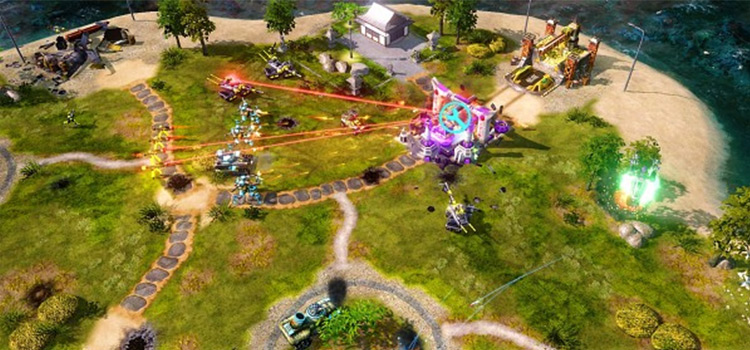

“It’s very challenging to identify podocytes in an image,” Govind explained, noting there are so many cells in the glomerulus that it’s hard even for trained pathologists to figure out which nuclei belong to podocytes. The additional challenge with podocytes is that they are found deep within the glomeruli, the sac-like bundles of capillaries that handle first-line filtration of blood in the kidneys. One of the biggest challenges in dealing with images of biopsied tissue is that they contain huge amounts of data. Right now, that’s not possible, but it’s one of the goals of the UB research. “If one day we can track the loss of podocytes, then we can determine the stage of the disease.” “A healthy person has more podocytes than a sick person,” Sarder explained. In the early stages of kidney disease, podocytes begin to change shape and, as the disease progresses, the number of them will fall. She is now a data scientist at Janssen Pharmaceuticals. “It’s been known for decades that the quantity and density of podocytes are important both for diagnosis and prognosis of end-stage kidney disease,” said Darshana Govind, Ph.D., first author, who did her doctoral work in Sarder’s lab. Working in the emerging area of computational nephropathology, Sarder and his colleagues are focused on developing a better understanding of the information found in images of kidney biopsy samples. “The question is, how do we combine all these data to try and understand fundamental human systems and disease?” “In the medical domain, understanding human systems depends on analyzing huge amounts of very different types of data,” said Pinaki Sarder, Ph.D., senior author on the paper and associate professor of pathology and anatomical sciences in the Jacobs School of Medicine and Biomedical Sciences. The project is an example of how advanced computational capabilities are allowing scientists to glean new information from complex images of anatomical structures. The cloud-based tool, called the “PodoSighter,” is described in a paper in the Journal of the American Society of Nephrology the research is being highlighted on the cover of the journal’s November issue.

Now, University at Buffalo researchers have leveraged the power of digital pathology and computational modeling to develop a new approach to detecting and quantifying podocytes. Those changes are key indicators of the ultimately devastating damage that end-stage renal disease can cause, but these specialized cells are difficult to detect.

In the early stages of kidney disease, a specialized type of kidney cell called the podocyte undergoes damaging changes in both its structure and function. Journal is highlighting this artificial intelligence advance on the cover of the November issue


 0 kommentar(er)
0 kommentar(er)
